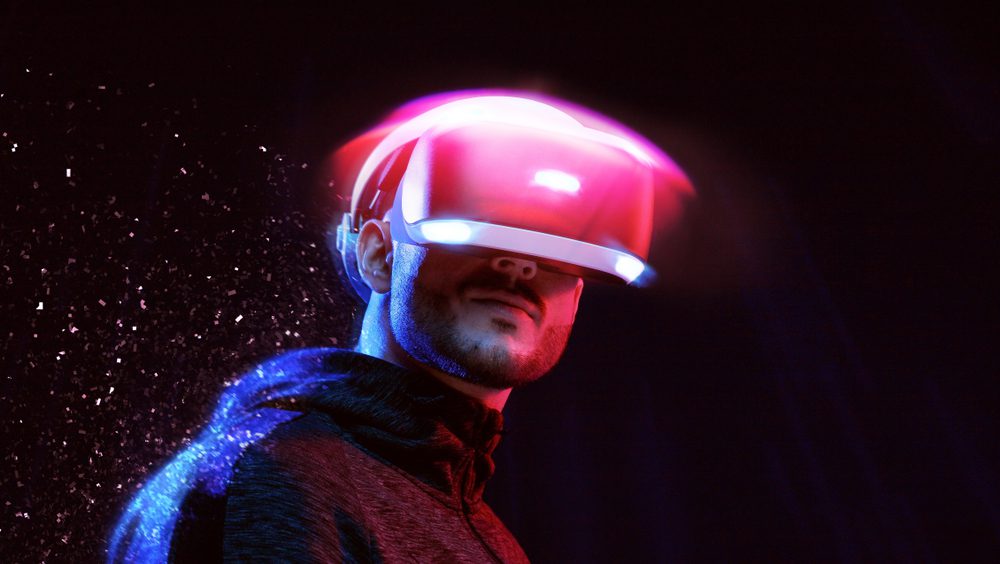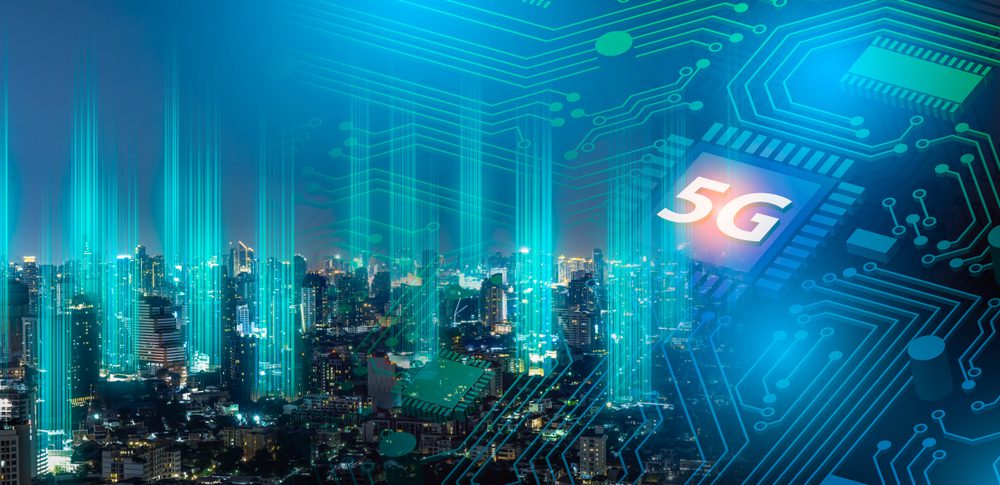The concept of the metaverse was first introduced in 1992 when Neal Stephenson mentioned it in his science fiction novel ‘Snow Crash’. In his vision, the metaverse was an online universe resembling reality, where users could interact through avatars and escape real-world challenges.
Decades later, after billions of dollars in investment, big tech companies have successfully built an immersive digital environment that they now call the metaverse. But what technologies are turning this once-fictional dream into reality?
The rapid rise of the metaverse has been driven by cutting-edge advancements in various fields. In this article, we will explore the key technologies that have contributed to its growth and examine the factors fueling its popularity.
Stay tuned as we dive into the foundations of the metaverse and uncover the innovations shaping its future.
1.Why Has the Importance of the Metaverse Increased in Recent Years?
The metaverse is commonly defined as a virtual world where users can interact, socialize, play games, and engage in business activities. Recently, there has been a surge in popularity, with more users becoming involved in this digital ecosystem. As interest grows, tech companies have begun investing heavily to establish an early presence in this emerging market.
The integration of cryptocurrencies, NFTs, and play-to-earn games has transformed the metaverse into a hub for next-generation users. Its significance is primarily due to its potential to become the future of social media. With its immersive 3D environments, social connectivity, and entertainment features, the metaverse is poised to become a global phenomenon.
However, the realization of the metaverse has only been possible through key technological advancements. In this article, we will explore the 7 core technologies that drive this virtual universe.
2. Blockchain: The Backbone of the Metaverse

Blockchain technology serves as the foundation of the metaverse, as most applications rely on decentralized networks. It ensures transparency, security, and interoperability, making it an essential component of this digital space.
Key Advantages of Blockchain in the Metaverse
Decentralization & Security: Blockchain operates as a virtual ledger, recording transactions securely and transparently.
Data Integrity: Information is stored in a decentralized database, reducing the risk of data leaks and unauthorized modifications.
Immutable Data Records: Blockchain chronologically arranges data in groups known as blocks, ensuring that once a block is sealed, it remains unchangeable. This prevents manipulation and enhances trust in the metaverse.
Each block of data is linked to the previous one, forming a chain—hence the name blockchain. This structure ensures a tamper-proof system, which is crucial for the metaverse’s transparency and reliability.
3.Crypto Assets
Cryptocurrency technology is one of the most essential components of the metaverse. Since platforms within the metaverse only accept cryptocurrencies, users must first exchange real-world currencies for digital assets to engage in transactions. Additionally, non-fungible tokens (NFTs) play a crucial role in digital ownership, allowing users to purchase virtual real estate and make in-game transactions.
The Growing Value of Cryptocurrencies
With a surge in cryptocurrency investments, digital assets have become highly valuable. As more platforms accept different cryptocurrencies, their usability and accessibility continue to expand. This growing adoption rate has also influenced large investors, shifting their perspective on cryptocurrencies as a long-term financial asset.
How Cryptocurrencies Work in the Metaverse
In the metaverse, cryptocurrencies hold significant value. For instance, if you want to purchase virtual land in Decentraland, you must convert real-world currency into MANA, the platform’s native token. A similar model applies to various metaverse platforms and games, reinforcing the importance of digital currencies in this evolving virtual economy.
As the metaverse expands, cryptocurrencies will remain at the heart of digital transactions, shaping the future of decentralized finance (DeFi) and virtual economies.
4.AR & VR

Augmented Reality (AR) and Virtual Reality (VR) engines play a crucial role in making the metaverse an engaging and immersive digital experience. These technologies help create three-dimensional environments, enhancing interactivity and realism within the virtual world.
While VR and the metaverse may seem identical, they are fundamentally different. Here are some key distinctions:
Virtual Reality (VR) is just one component of the broader metaverse, which integrates multiple technologies beyond VR.
VR enables users to experience 3D simulations, but it lacks physical simulations, which are essential for a fully immersive experience.
Augmented Reality (AR) bridges this gap by adding physical interactions, allowing users to hear, feel, and interact with virtual elements as if they were physically present.
The fusion of AR and VR is expected to revolutionize the metaverse, making it more realistic and attracting significant investments from global tech companies.
Artificial Intelligence: Powering the Metaverse with Smart Interactions
Beyond AR and VR, Artificial Intelligence (AI) plays a pivotal role in enhancing the functionality and efficiency of the metaverse. AI contributes to:
1. Smart Decision-Making and Data Processing
AI-driven algorithms improve business strategies, decision-making, and computing speed within the metaverse.
Machine learning techniques allow AI to analyze massive datasets and generate real-time insights.
2. AI-Powered Non-Player Characters (NPCs)
NPCs are present in almost all video games, but with AI, they become more lifelike by adapting to player actions.
AI allows NPCs to interact in multiple languages, enhancing user experience across different metaverse environments.
3. AI-Generated Metaverse Avatars
AI algorithms can analyze 2D and 3D images to create realistic metaverse avatars.
AI enhances avatars by refining facial expressions, hairstyles, outfits, and features, making virtual identities more dynamic.
The Future of AR, VR, and AI in the Metaverse
The combination of AI, AR, and VR is set to reshape the metaverse, making it smarter, more interactive, and deeply immersive. As technology advances, we can expect an enhanced user experience, attracting massive investments and accelerating the growth of the metaverse ecosystem.
5.3D Reconstruction

Although 3D reconstruction is not a new technology, its adoption has surged in recent years—especially during the pandemic, when in-person visits to stores and properties became difficult. Many businesses turned to 3D reconstruction to create virtual showroom tours and real estate previews, enhancing customer experience in a digitally connected world.
In the metaverse, 3D reconstruction technology is essential for creating realistic environments, making the virtual world look and feel more like real life. As users demand more immersive experiences, the importance of 3D reconstruction is set to grow, transforming how we navigate and interact within the metaverse.
The Internet of Things (IoT): Connecting the Physical and Virtual Worlds
The Internet of Things (IoT), first introduced in 1999, refers to a network of connected devices that communicate via the internet. From voice-activated speakers and smart thermostats to medical devices, IoT-enabled systems can process data in real-time, adapting to user needs automatically.
In the metaverse, IoT integration offers several key advantages:
Real-World Data Integration: IoT applications can collect real-time data (e.g., weather conditions, temperature, and user interactions) to create dynamic environments within the metaverse.
Seamless Connectivity: IoT enables a fluid connection between 3D virtual worlds and physical-world devices, allowing for real-time interactions across multiple platforms.
AI and Machine Learning Optimization: By utilizing AI and machine learning algorithms, IoT can analyze collected data, further enhancing and optimizing the metaverse experience.
The Future of 3D Reconstruction and IoT in the Metaverse
The integration of 3D reconstruction and IoT is set to revolutionize the metaverse, enabling a hyper-realistic, interactive, and data-driven digital world. As these technologies evolve, they will play a critical role in shaping the next generation of immersive experiences.
6.Edge Computing and 5G

Edge computing, widely used in commercial applications, plays a crucial role in enhancing data transfer speed and reducing latency. This is essential for the metaverse, where computers must handle intensive data processing to deliver a smooth, immersive experience without disruptions.
Another key enabler of the metaverse is the widespread availability of 5G networks. Previously, slow processing speeds and network lag were common issues when accessing the metaverse. However, with the expansion of 5G technology and its affordable accessibility, users can now experience the metaverse on desktop computers, VR headsets, and mobile devices without latency-related interruptions.
Together, edge computing and 5G have revolutionized the way users engage with the metaverse, enabling seamless real-time interactions and a truly immersive digital experience.
7.Challenges Facing the Metaverse
Despite its rapid growth and rising investments, the metaverse is still in its early stages and faces several challenges that must be addressed for long-term success.
1. Security Concerns
With the rise of crypto transactions and blockchain-based assets, the metaverse has become a target for scams, hacking, and malware attacks. If the metaverse is to evolve into a permanent and serious digital ecosystem, its security infrastructure must be strengthened to ensure users’ assets and identities remain protected.
2. Privacy Risks
Privacy is another major concern, as the metaverse relies on AR & VR devices, webcams, and motion-tracking sensors—all of which can be vulnerable to cyber threats. Hackers have previously exploited such devices to spy on users, raising concerns about data privacy and user safety. If the metaverse is to gain mass adoption, it must implement robust privacy measures to prevent unauthorized access and ensure users feel secure in this virtual space.
The Future of the Metaverse: A Transformational or Forgotten Vision?
The metaverse is evolving at an unprecedented pace, but history has shown that technological innovations can fade into obscurity if they fail to adapt to user needs. For the metaverse to become the future of social media, it must address key challenges and build trust among users.
There is enormous potential for the metaverse to thrive, but the ultimate question remains:
Will the metaverse overcome these challenges and redefine the digital world, or will it become just another failed project that lost the trust of the global audience?
You May Also Like
Follow us on TWITTER (X) and be instantly informed about the latest developments…
Copy URL










